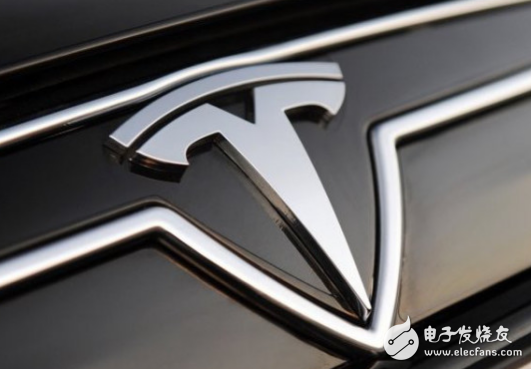Tesla is an excellent leader in the production of new energy vehicles. However, there are also embarrassing things. In the recent period, the news that Tesla Model 3's production has not been delivered in time has been circulating in the new energy auto industry. In fact, behind the scenery of Tesla, the industrial chain has been in production. Tesla's capacity bottleneck stems from two aspects, one is the key components, such as the production bottleneck of the power battery, and the second is the limited capacity of the plant itself. Tesla now has only a factory in Fremont, with an annual production capacity of 100,000 units. Since 2009, Tesla has been committed to the development of the first luxury electric sports car ModelS. In 2012, the new car was officially released. Both Tesla and ModelS are very advanced in terms of performance, cruising range and product concept. However, on the concrete landing, only the imagination and bold innovation are far from enough. For the automobile, R&D is only a small link in the industrial chain. To smoothly launch the product to the market as scheduled, it is necessary to consider the industry. Resource integration and scheduling capabilities. Since the first new car was put into production, capacity has been the biggest problem that plagued Tesla. After the listing of the affordable model Model3, the order volume reached 500,000. To ensure delivery as soon as possible, Musk plans to produce Model3 with a target of 100 vehicles in August and 1,500 vehicles in September. By December this year, it will reach 20,000 vehicles per month. It plans to produce 500,000 vehicles of all types. But in fact, in the third quarter of this year, Model3 delivered only 220 vehicles, accounting for about 17% of the estimated production. A number of institutions have therefore lowered their ratings for Tesla, and their share prices have continued to fall. To put it simply, Tesla's capacity bottleneck stems from two aspects, one is the key components, such as the production bottleneck of the power battery, and the second is the limited capacity of the plant itself. Tesla now has only a factory in Fremont, with an annual production capacity of 100,000 units. Traditional automakers have to make long-term plans for capacity before the launch of new cars. Because of a series of problems involving plant construction, equipment installation and commissioning, and capacity climbing, a factory usually takes at least three years to prepare. At the same time, in order to prevent serious capacity shortage caused by parts and components, it is necessary to further maintain close communication with suppliers and prepare for goods in advance. According to this logic, when Musk conceived Model3, he should prepare for the future production capacity, instead of experiencing the production of "hell" in the stage of mass production. Previously, several media disclosed that the Tesla factory was highly automated, with only 150 automatic robots in the plant. Recently, it is reported that Model3 even appeared "manual production" on some of Tesla's production lines. In other words, Tesla's high-end production line is not yet ready, and most of the components of the Model3 are made by hand, assembled and spliced. Tesla then denied it and considered it "inaccurate." Tesla said: "We are still in the stage of production ramping, but every Model3 is produced on the production line. The production line is slowed to 1/10 of the normal speed, in order to ensure production consistency." For car manufacturing, the production of climbing is indeed a common phenomenon. It is understood that the vast majority of car companies to produce a new car, it takes about 6 months of climbing time. Before the formal production, there will basically be a small batch trial production process, and more problems will be discovered at this stage. However, its production efficiency will not be as low as 1/10 of the planned speed or normal speed. From this point of view, Musk, a non-traditional automaker, may still have shortcomings in production preparation and experience compared with traditional car companies. At this year's Frankfurt Motor Show, Frank Lindenberg, vice president of Mercedes-Benz's finances, said: "In the early days, electric vehicles must face lower profit margins. For some models, the profit margin will only be the current internal combustion engine. Half.†In terms of market price, the current price of electric vehicles is much higher than that of traditional cars. The reason for the low profit margin is the high cost. The current sales volume is not enough to form an effective apportionment. For Tesla, the cost pressure is much higher than that of traditional car companies. The latter has a more mature manufacturing process. In the initial stage, there is no need to invest a lot of new capacity. Some non-critical parts can also be shared with traditional models. The profit of traditional cars can continue to be invested in the research and development of electric vehicles, prompting them to use technology advancement to increase sales and lower costs. Portable energy storage power Stastion SHENZHEN CHONDEKUAI TECHNOLOGY CO.LTD , https://www.szsiheyi.com